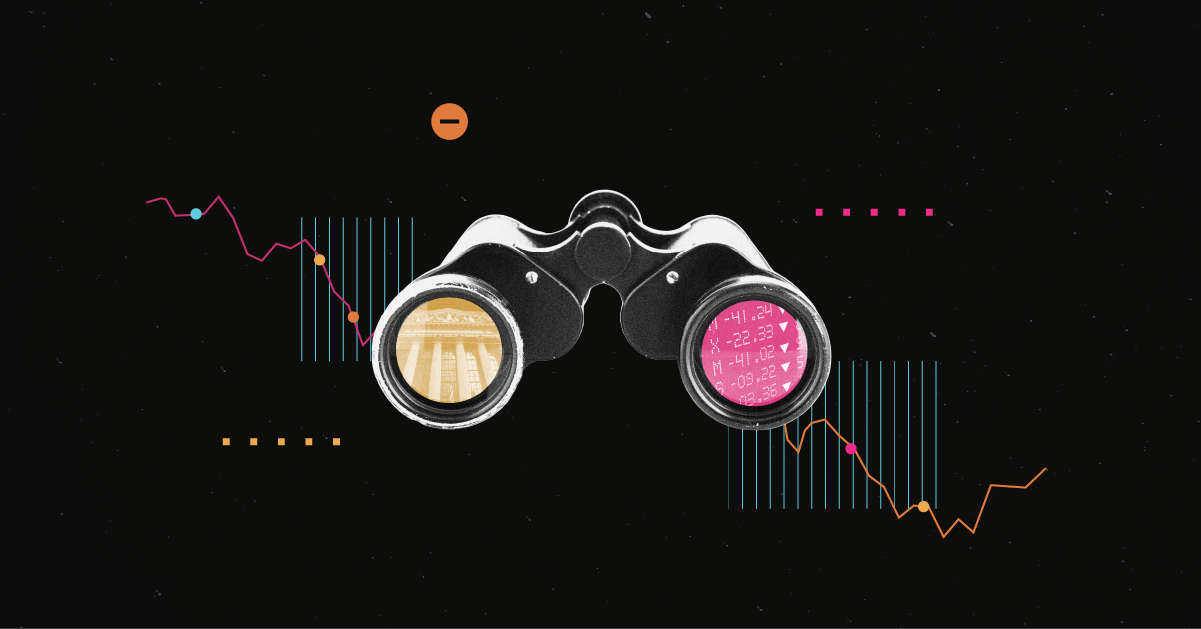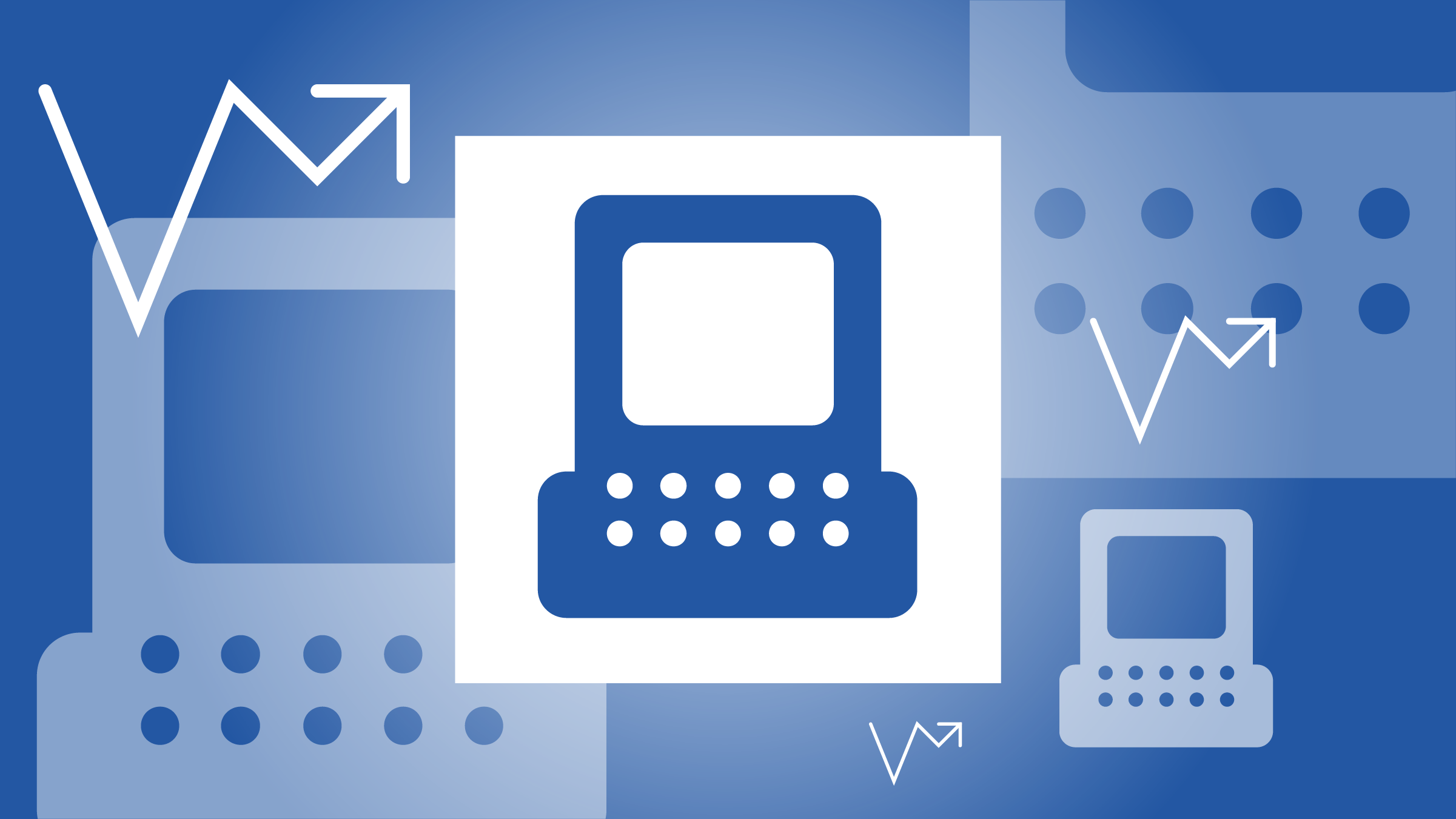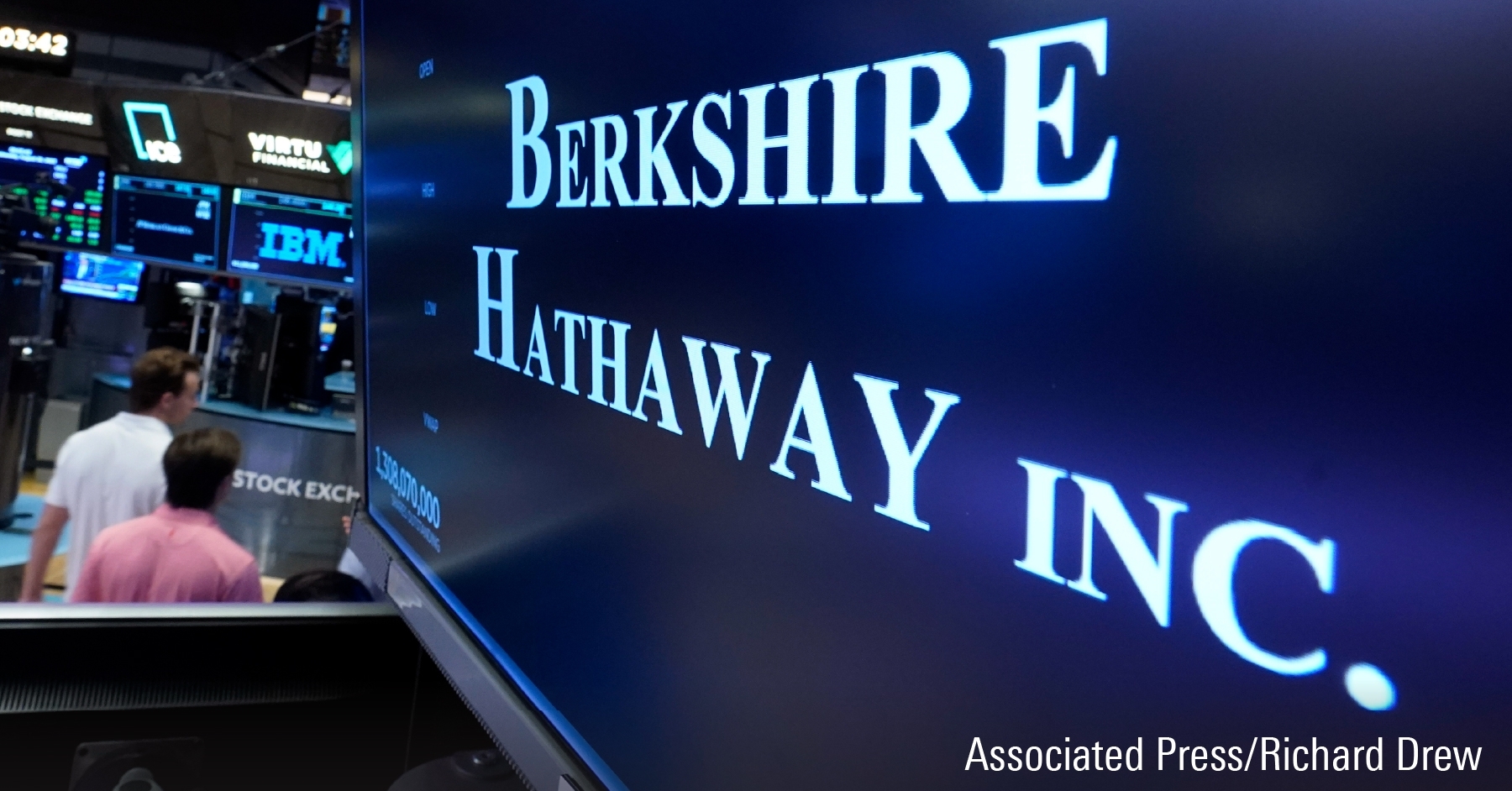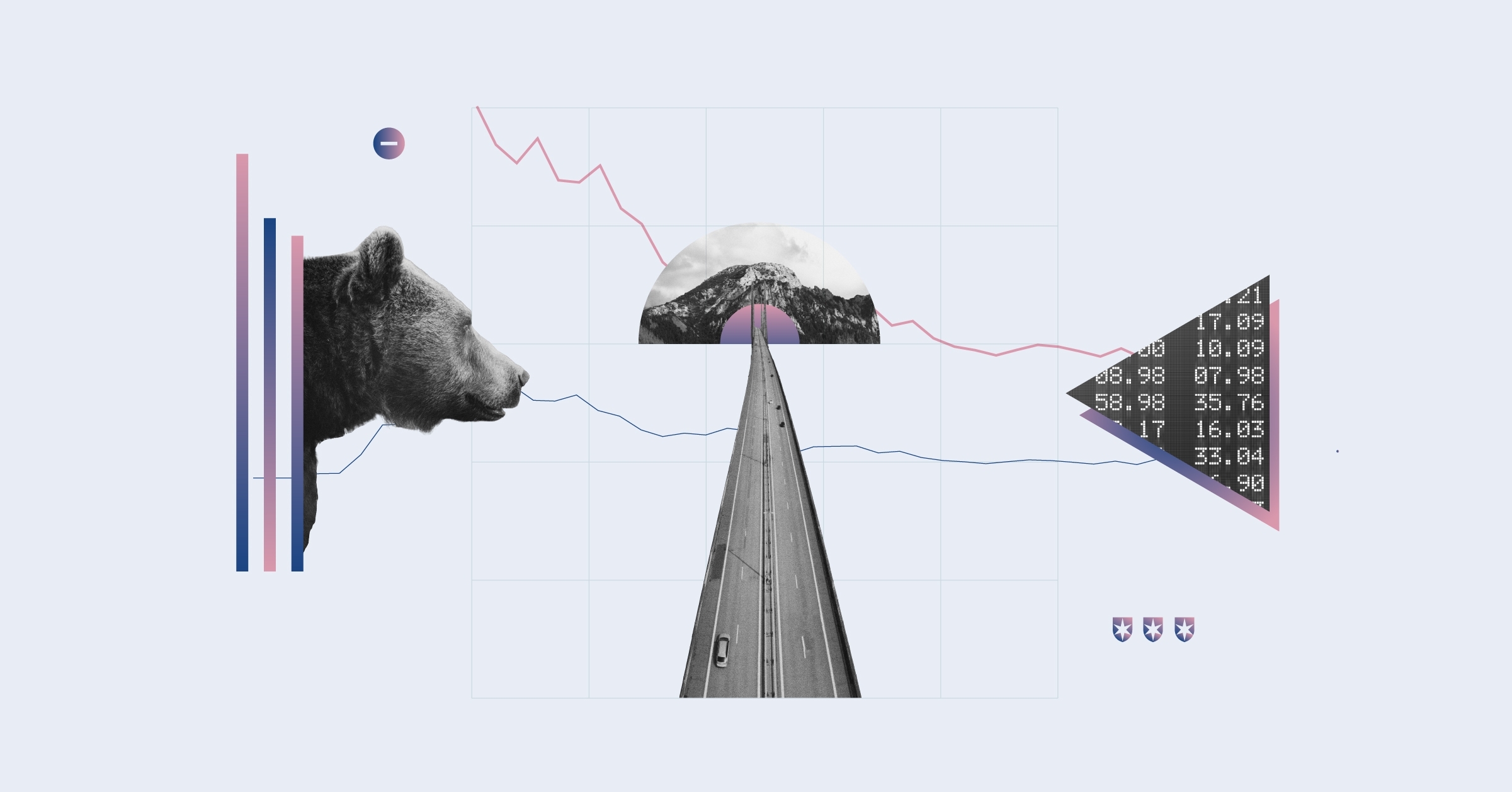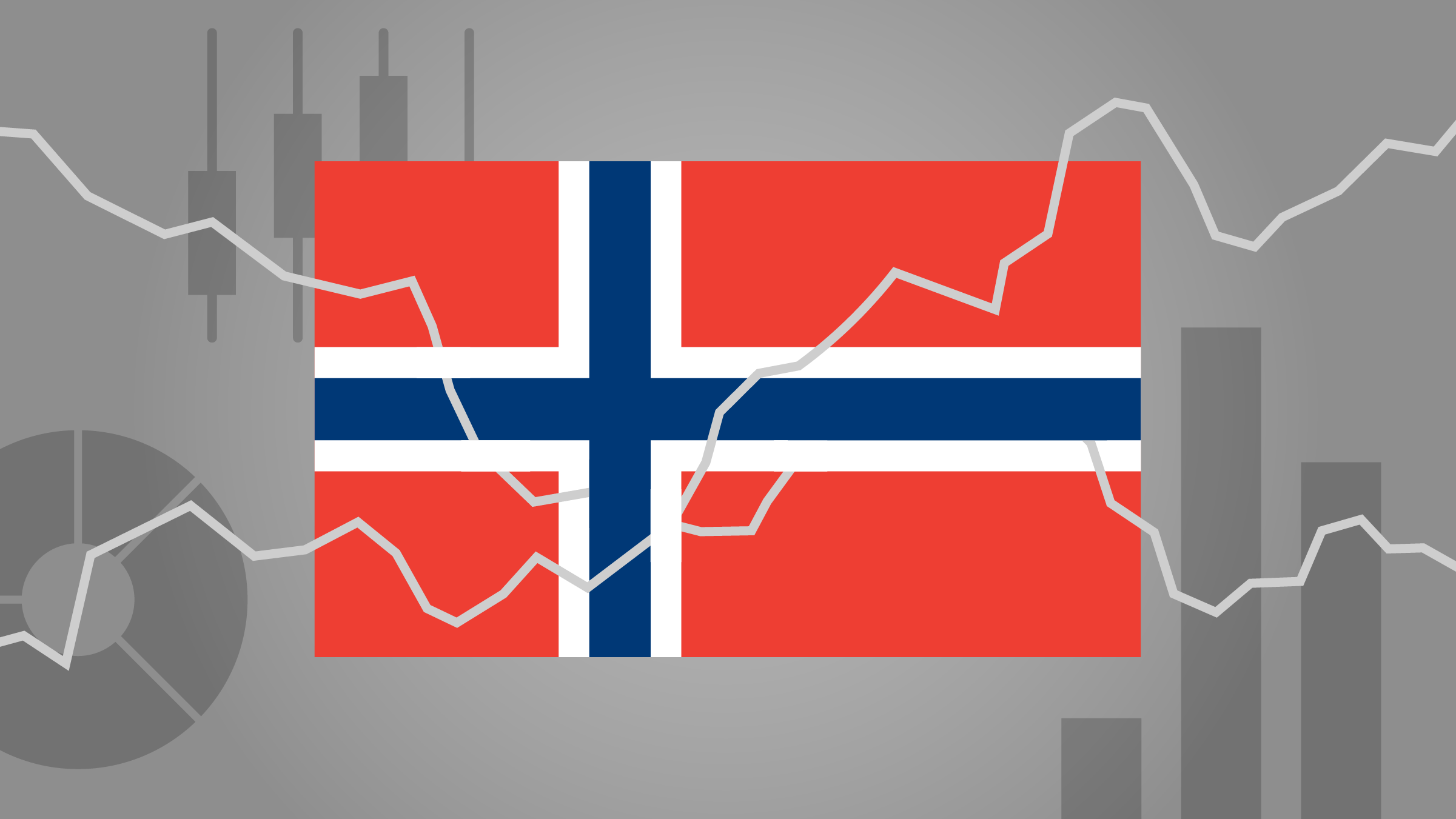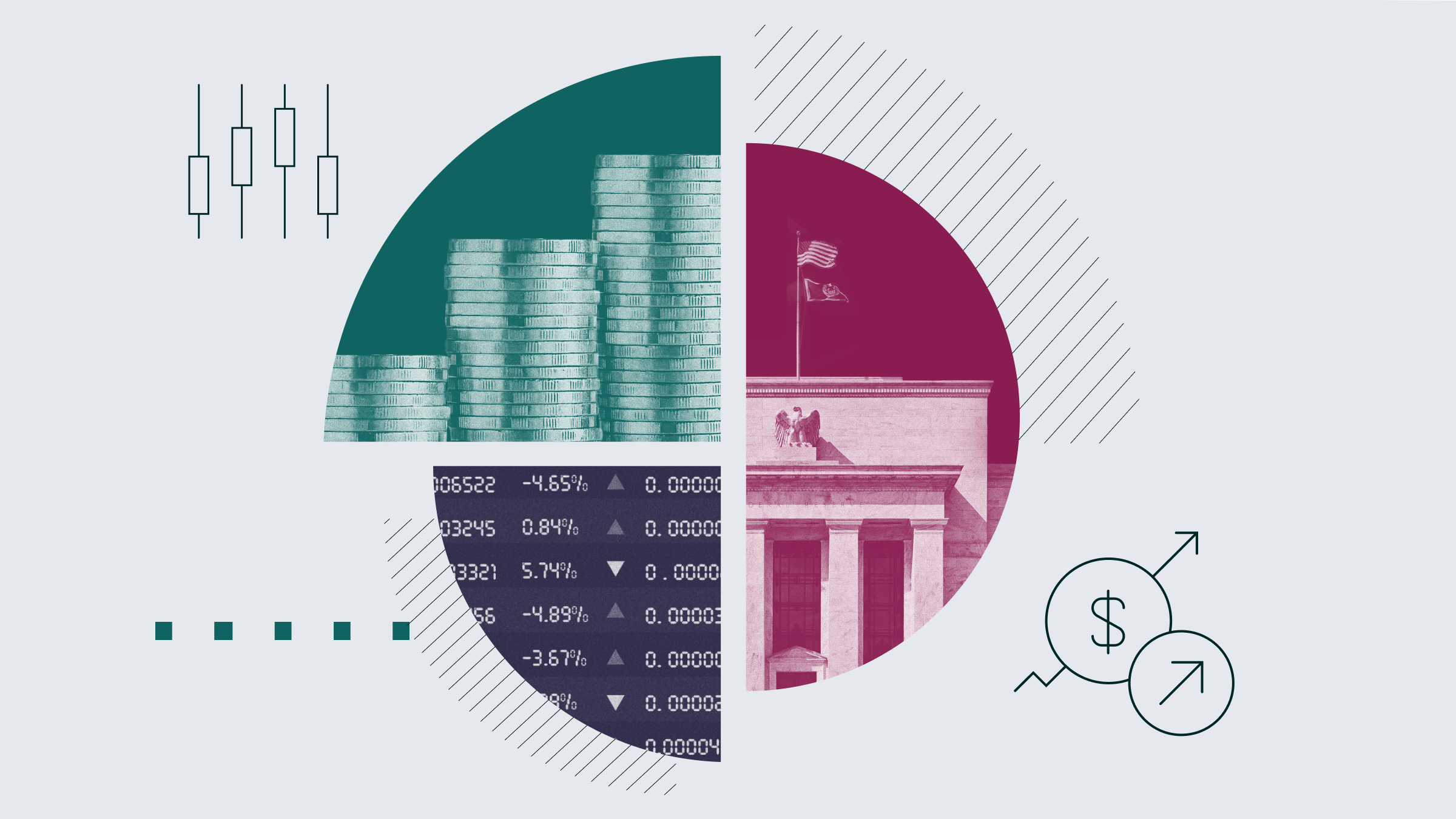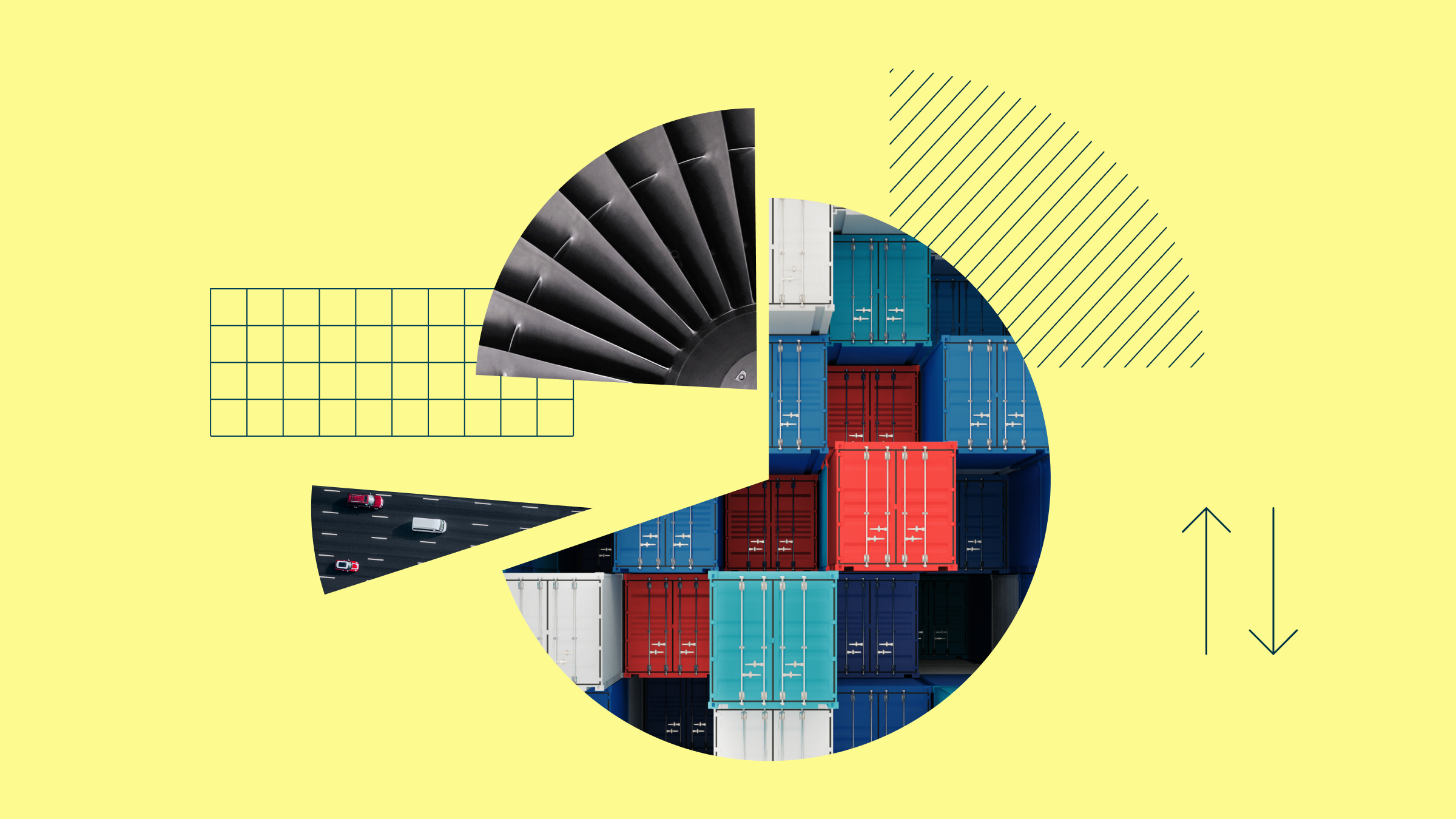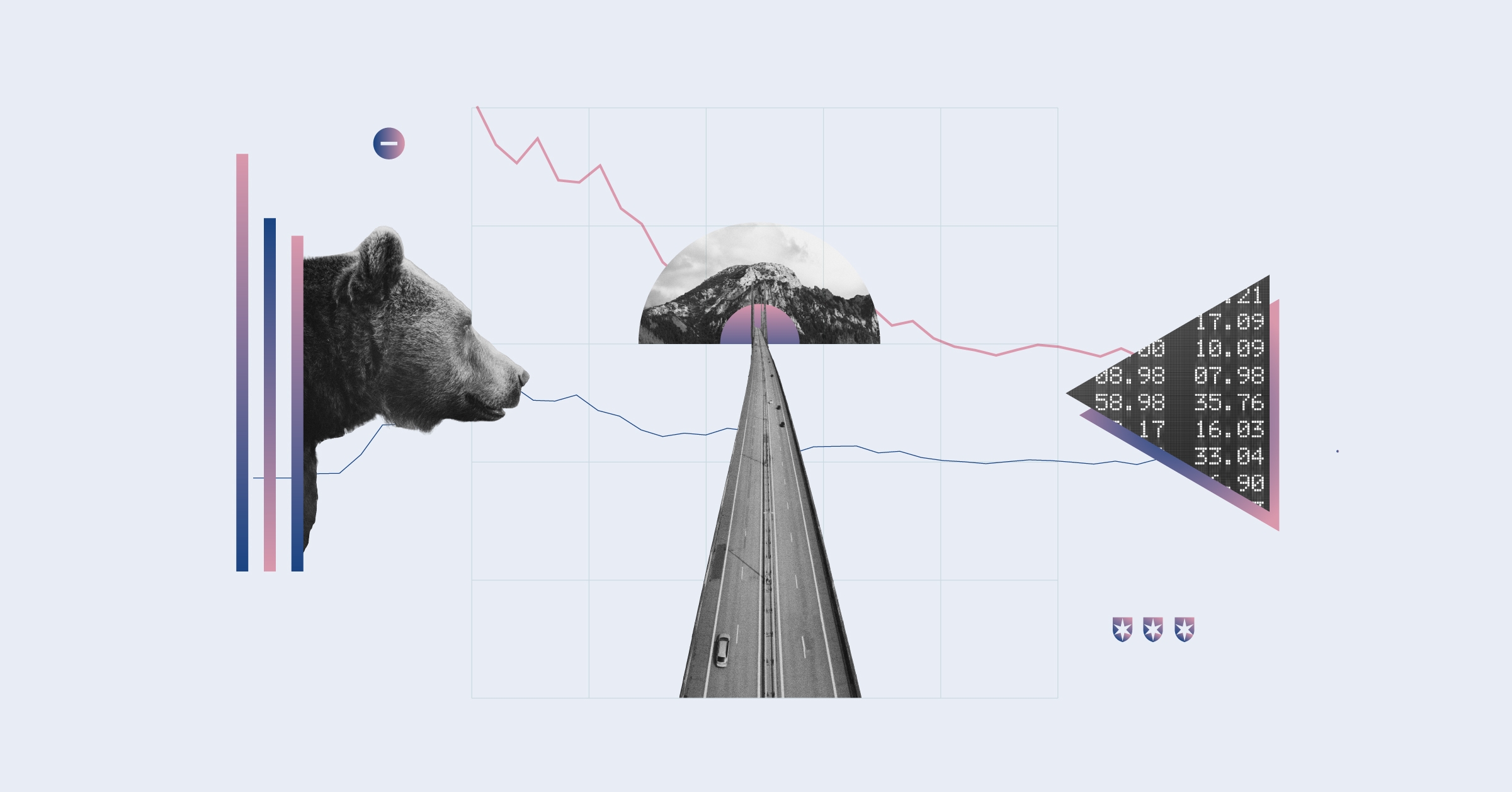Jeremy Glaser: For Morningstar, I'm Jeremy Glaser. I'm joined today by Josh Peters--he's the editor of Morningstar DividendInvestor newsletter and also our director of equity-income strategy. He recently said that the payout ratio is the most important statistic for dividend investors, and he's here to explain to us why.
Josh, thanks for joining me.
Josh Peters: Good to be here, Jeremy.
Glaser: Let's start with just a definition of what the payout ratio actually is, and then we could talk about why you think it's more important than things like yield. How do you think about the payout ratio?
Peters: Well, payout ratio defined is simply the dividend rate of a company divided by the earnings. So, thinking about it very simply, if a company pays out, say, $2.00 a share and has $5.00 a share of earnings, two divided by five is 0.4, or 40%. So, that's your payout ratio. The reason I find the payout ratio to be even more powerful than the dividend yield is that dividend yield is partially to mostly--depending on the situation--a valuation statistic. If the stock price is high or low, it's going to correlate to a low or high yield, all else being equal. The payout ratio is going a little bit further. There is a big, strong correlation between high payout ratios and high dividend yields; but the payout ratio is also going to give you a sense of perspective that the company is or is not devoting a significant share of its earnings to the dividend, and it provides you with a framework for evaluating whether or not that dividend is safe and likely continue to grow.
Glaser: You talk about safety a lot. But how do you know when a high dividend payout ratio is a sign that management is devoted to the dividend versus they're really strapped for cash and they are going to have cut it soon?
Peters: That's why I don't have any hard-and-fast rules when it comes to payout ratios--I know there are some investment strategies, indexes, and index products that do. They'll simply say no payout ratios if they are over 60%. Well, there are some great companies that have payout ratios of 75% or 80%--Paychex (PAYX), the small-business payroll processor, is one of my all-time favorites. Their payout ratio is routinely more than 80%. You could compare it to the market at around 40% or less or compare it to its industry, and it looks really high. But what you need to do, in fact, is to not just have a hard-and-fast rule but to use that statistic to evaluate the business. When I see a payout ratio like that from a company like Paychex, I think about how stable the earnings are, first of all, and then how much earnings vary--how much did earnings drop in the last recession?
Well, in fact, they didn't drop that much. People associate Paychex with changes in unemployment; but, in fact, the number of payroll checks processed are tied to the number of total people employed, which doesn't change that much. It maybe goes from 95% to 90% in a terrible recession as opposed to the unemployment rate that goes from 5% to 10%. Also, the company has no debt and a big cash position. So, you can see they can afford to maintain this dividend. Then, secondly, it plays into the growth, too. Paychex has to spend almost nothing in terms of capital expenditures in order to grow its business. They hire a few more salespeople; I assume they buy them laptops, give them business cards, and send them out on the road. That's all you have to spend in order to expand.
If you compare that to, say, a regulated utility that might have to spend hundreds of millions or billions of dollars a year in order to grow the earnings 5%, Paychex is in a great position to pay out a big dividend and continue to grow the business at the same time. That said, you want to put a company through the wringer to make sure that whatever payout ratio is there provides that balance. You want to make sure you've got a margin of safety against something going wrong, cyclicality in the earnings, or some other kind of problem, as well as being able to provide for that long-term growth. Even if a stock yields 3%, 4%, or 5%, if the dividend doesn't grow, that's a lousy total return.
Glaser: What would you say is too low [in terms of a payout ratio]? I know there is no hard-and-fast rule, but when would it be a sign that maybe management isn't committed to returning this cash?
Peters: When you get down into the 30% or 40% range, you can see that maybe the dividend isn't such a priority. Very commonly in this market, those are correlating with dividend yields under 3%. If you see that the payout ratio may be 10% or 5%, that may mean the dividend is just an afterthought--something that they put in place years ago or decades ago. Current management could care less, but they don't want to go through the process of cutting it. In that case, it's probably not going to work. The best balance is really in that 50% to 70% range for most companies, and it's going to be maybe a little bit higher for utilities because their earnings are more stable. For a more cyclical business, you want to see that ratio a little bit toward the lower side--like a United Parcel Service (UPS), for example.
UPS is right around on 50%. I think that's a good number for them because it's a cyclical business and the earnings are going to go down the next recession. I don't want them to have to borrow money in order to pay the dividend or have to think about cutting it. So, that's the right balance. But maybe that's why the payout ratio is the most valuable, because it isn't just helping you evaluate whether or not the yield is sufficient or the dividend growth is sufficient. It's that one number that you can bounce off of all these different aspects of the business as you are evaluating it. That's how I use the payout ratio and why I think it's so important.
Glaser: Josh, thanks for joining me today.
Peters: Thank you, too, Jeremy.
Glaser: For Morningstar, I'm Jeremy Glaser. Thanks for watching.






